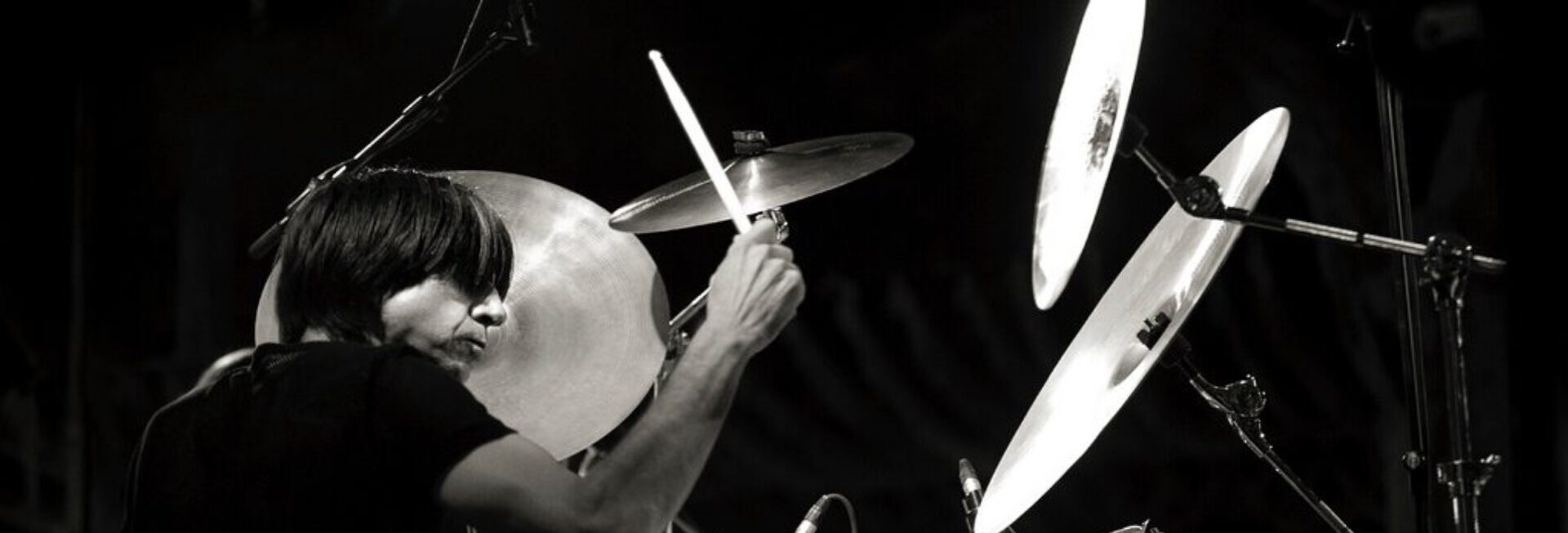Inspirado en textos de Samuel Becket sobre los lugares en los que se recluye a aquellos que resultan incapaces de integrarse en el modelo social propuesto 1990-91
Inspired by texts of Samuel Becket on the places in which one shuts in to that they are incapable to integrate itself in the proposed social model 1990-91
Los pueblos primitivos no consideraban que las ideas fantasiosas, las inspiraciones e improvisaciones de las personas afectadas por la epilepsia o por otras formas de disturbio mental fueran algo despreciable y digno de piedad. “El profundo animismo dominante transformaba muchas veces a esa persona en portador de facultades sobrenaturales. Era amado y venerado o temido y respetado, conforme a la forma agresiva o benigna de las manifestaciones de su anomalía mental”.1
En el Occidente Cristiano se hizo habitual atribuir en esas manifestaciones los frutos de la presencia del demonio entre los hombres. Los avances científicos surgidos en el Renacimiento dieron un nuevo significado a estas perturbaciones: incluyeron en el ámbito de la medicina lo que anteriormente era fruto del pecado.
Desde ese momento hasta el siglo XX, las manifestaciones de las alteraciones mentales fueron cada vez más estudiadas desde el punto de vista de la patología.
Esos estados psíquicos de gran riqueza, por mucho tiempo altamente valorizados, son hoy rotulados como mórbidos, sin una debida consideración de otros aspectos de ese oscuro fenómeno. Los individuos que vivencian esos estados son sometidos a una destrucción moral, espiritual y física, confinados en las tenebrosas prisiones que son los hospitales psiquiátricos.
The primitive peoples did not consider that the fantastic ideas, the inspirations and improvisations of the persons affected by the epilepsy or other forms of mental disturbance would be something negligible and worthy of piety. “The deep consideration of the soul dominant transformed many times that person into someone with supernatural powers. He was loved and venerated or feared and observed, pursuant to the benign or aggressive form of the manifestations of his mental anomaly “.1
In the Christian West it was made customary to consider those manifestations like the fruit of the presence of the demon among the men. The scientific advances emerged in the Renaissance gave a new meaning to these disturbances, including in the area of the medicine what previously was fruit of the sin.
From that moment until the 20th century, the manifestations of the mental alterations were increasingly studied in terms of pathology.
Those psychic states of great wealth, which were highly valorized for a long time, are today labeled as morbid, without a due consideration of other aspects of that dark phenomenon. The individuals that live those states are submitted to a moral, spiritual and physical destruction< they are confined in the dark prisons that are the psychiatric hospitals. 1 Pedrosa, M., Forma e Percepcão Estetica: Textos Escolhidos II. São Paulo, Ed. USP, 1996. P. 203 imagen : ronald fischer (1981) © richard avedon
